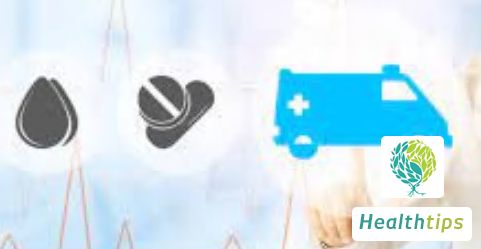"What Steps Should I Take If My Serum Levels Are Elevated?"
Understanding Elevated Serum Levels and Management of High Serum Transaminase

The concept of "elevated serum" is broad and encompasses various indicators. To determine the underlying cause, it is crucial to specify which serum component is elevated. For instance, a high level of transaminase in serum suggests hepatocyte damage, which is often associated with liver diseases such as viral hepatitis, liver cancer, and drug-induced liver injury. Further examination is necessary to identify the exact cause before targeted treatment can be initiated.
What Does Elevated Serum Mean?
It is not sufficient to merely state that serum levels are high without specifying which substance is involved. Serum is the liquid portion separated from blood plasma after coagulation, containing various biochemical and antibody indicators. Identifying the specific substance with an elevated concentration in serum is essential. For instance, increased transaminase often indicates liver cell damage and can be seen in viral hepatitis, liver cancer, drug-induced liver injury, fatty liver disease, etc. Additionally, if viral antibodies in serum are elevated, it often suggests infection with a particular virus. For example, elevated hepatitis B surface antigen, hepatitis B e antigen, or core antibody indicates hepatitis B virus infection with active replication and potentially high contagiousness.
How to Address High Serum Transaminase Levels?
The treatment for high transaminase levels depends on the underlying cause. Patients with liver diseases experiencing elevated transaminase levels generally indicate disease progression. These patients should promptly undergo comprehensive examinations at specialized hospitals, including liver function tests, B-ultrasound, hepatitis B virus markers, and alpha-fetoprotein tests, to accurately diagnose and formulate a scientific treatment plan. Despite the abundance of liver-protecting and enzyme-lowering medications, only a few are truly effective. It is crucial not to abuse these medications but to pinpoint the cause and treat accordingly for optimal results. Patients should adhere to the following three principles during treatment and medication:
- Select appropriate and effective liver-protecting and enzyme-lowering medications: These primarily include traditional Chinese medicines and their active ingredient extracts, such as schizandrin, glycyrrhizic acid, oleanolic acid, and silymarin. Proper use of these medications can effectively control transaminase levels.
- Ensure adequate treatment duration: After transaminase levels normalize, gradually reduce medication dosage and avoid abrupt discontinuation. The treatment course should extend beyond one year, even after liver function normalizes, to maintain a low and stable state.
- Address the underlying cause: Alongside liver protection and enzyme lowering, it is vital to address the root cause of the elevation.
In conclusion, resolving persistently high transaminase levels necessitates identifying the cause and applying targeted treatment for effective results.



















